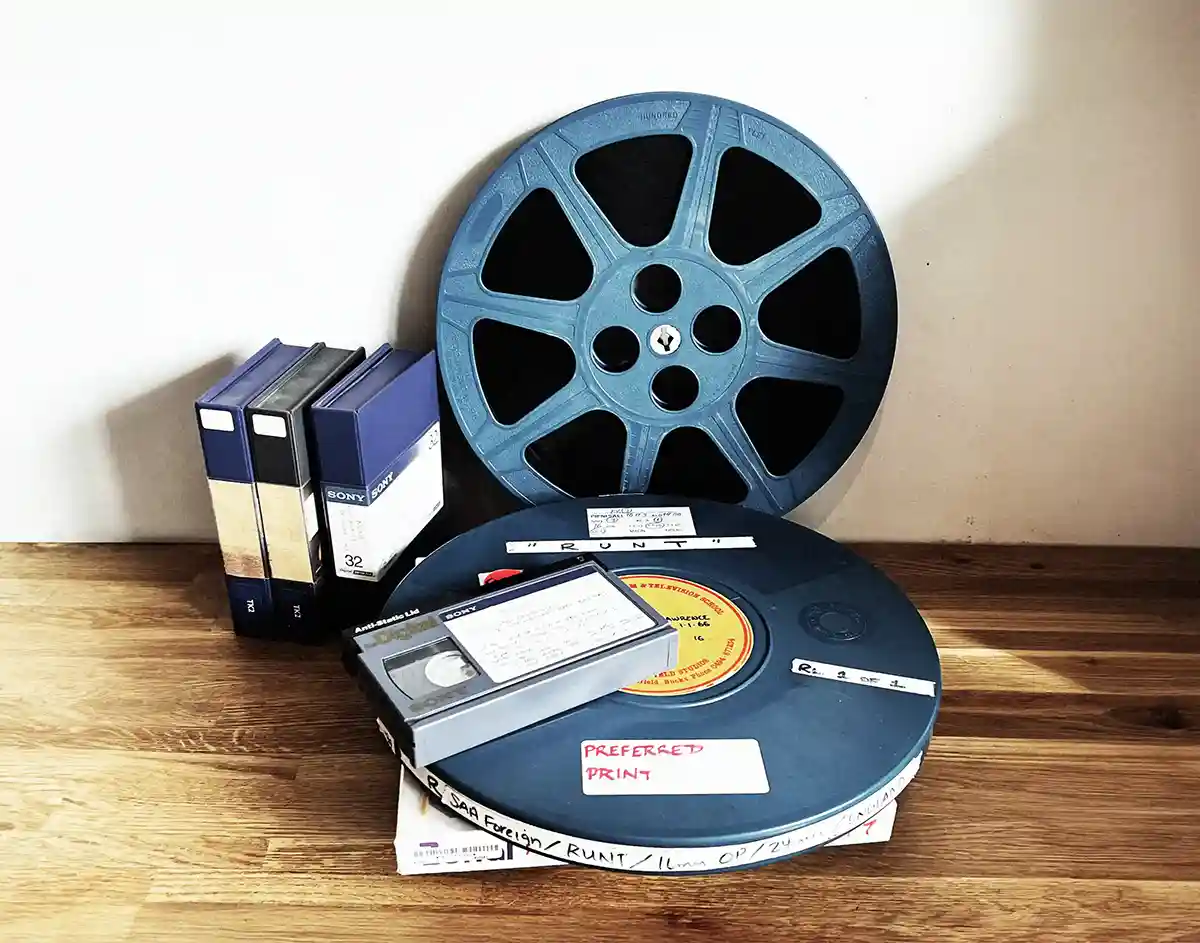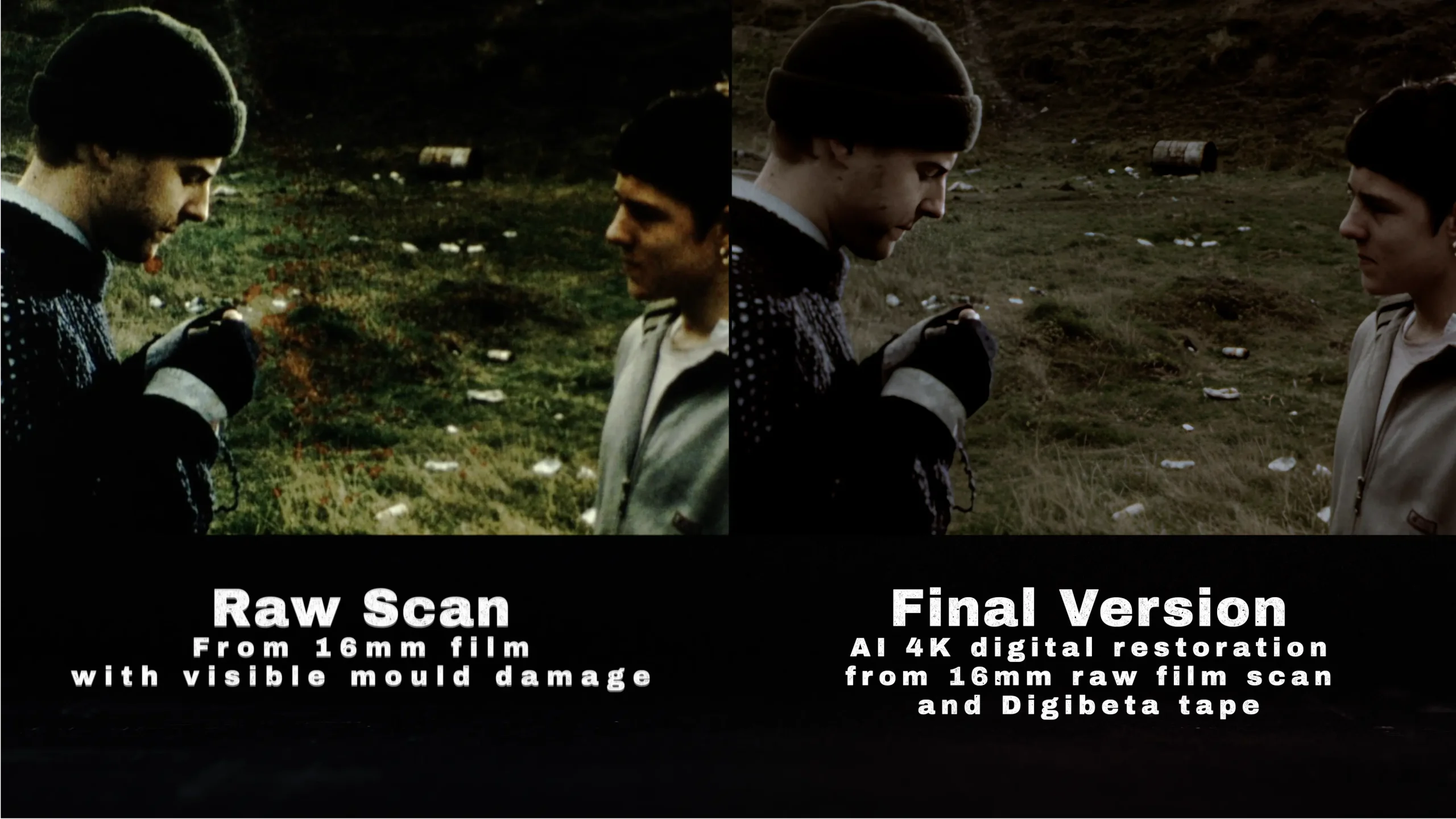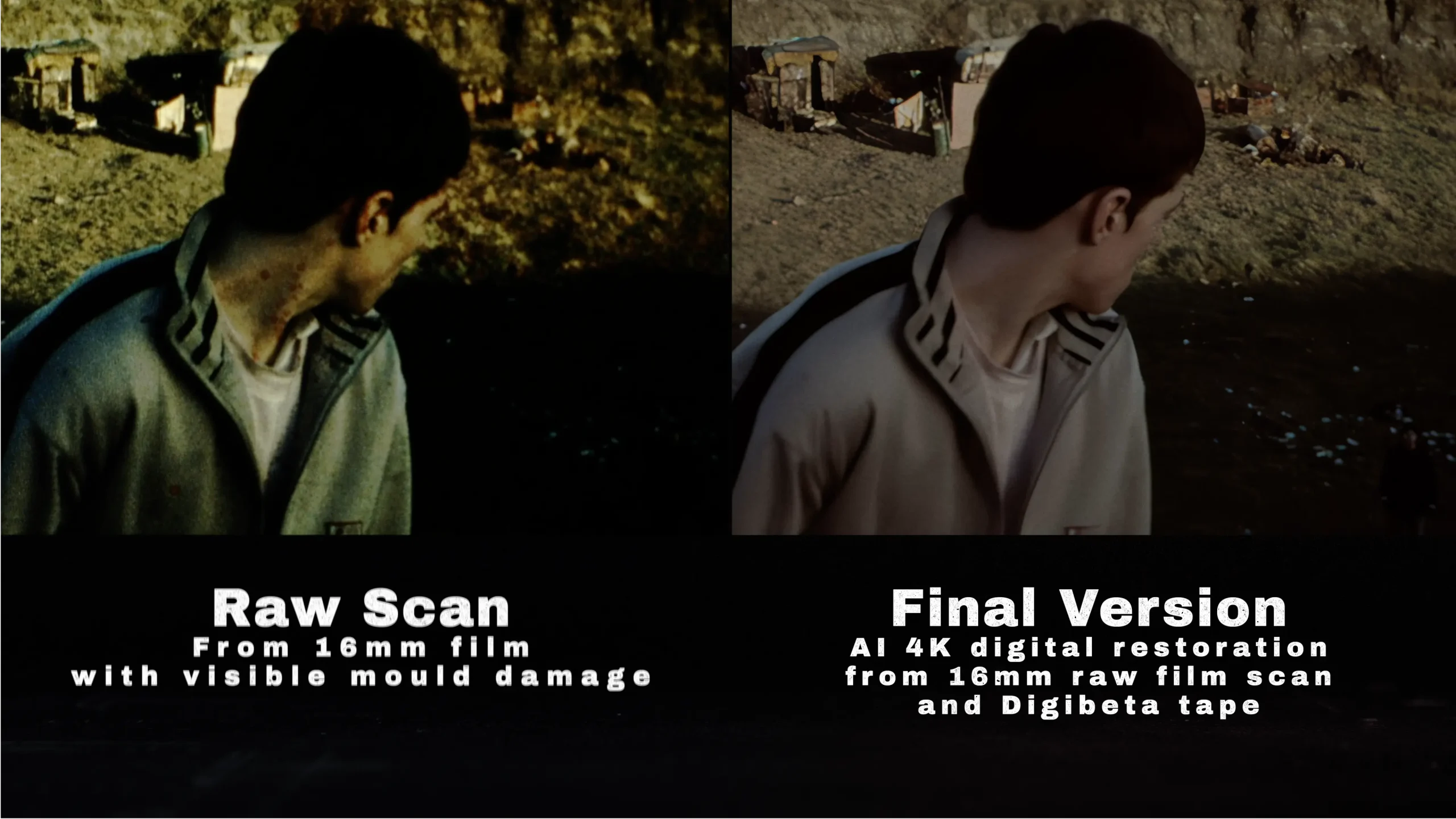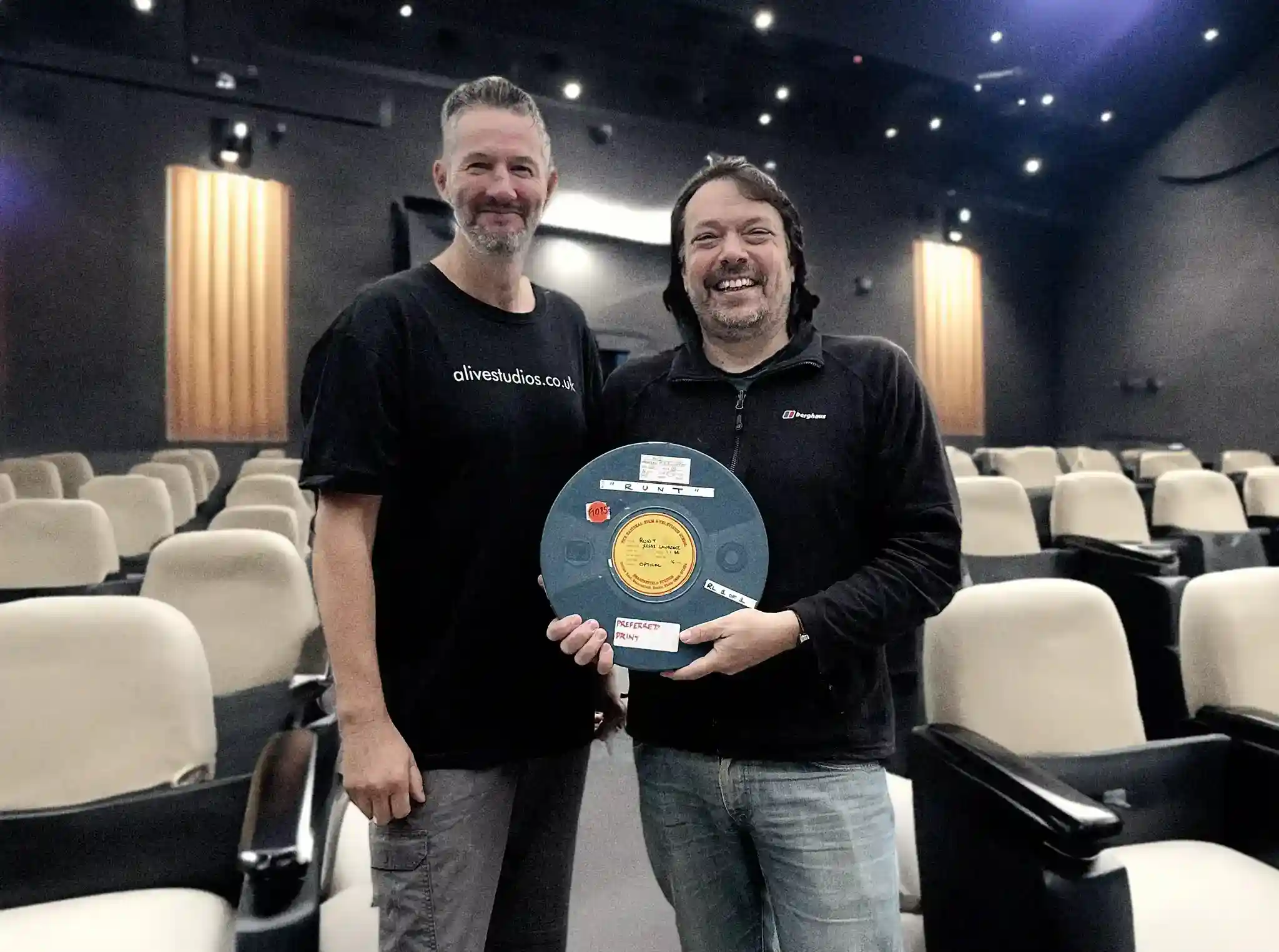A Cinematic Triumph of Restoration and Redemption
In the realm of film restoration, the journey from a seemingly straightforward 16mm transfer job to a 4K remastered edition often involves overcoming unexpected challenges. The revival of Jesse Daniel Lawrence’s “Runt” by Alive Studios is a testament to their expertise, innovation, and unwavering commitment to cinematic excellence.
16mm Film, Mould, and the Battle for Restoration
The initial task seemed clear-cut: transfer a 16mm film to a digital file. The Digibeta tape, provided as a reference, was intended to guide the colorist in matching the film’s distinct ‘bleach bypass’ appearance, and to extract the soundtrack. However, as the cleaning process unfolded, the toll that time had taken on the film became apparent—mould had penetrated its layers.

Understanding the Vulnerability of 16mm Film to Mould:
16mm film is susceptible to mould due to the organic nature of its emulsion layer. Factors like humidity, temperature fluctuations, and improper storage conditions contribute to mould growth. The mould’s impact on the film surface manifests as red mottling, resembling spider veins or larger snowflake-shaped splotches, compromising the visual integrity of the footage. Once mould has started to eat it’s way in, there’s not much you can do other than slow it’s destruction down by careful cleaning and proper storage, but ultimately, the film will continue to deteriorate. This is why it’s essential to inspect 16mm archives and digitise as soon as possible.

How we Restored the Film:
Post-Production Defect Removal: Efforts were initially invested in post-production using Final Cut Pro. However, the visible defects caused by the mould proved resilient, necessitating a more sophisticated approach.
Mould Removal Solution: Alive Studios explored chemical solutions to further clean the film, partially alleviating the issue. Although this method produced cleaner scans, the mould had already eaten into the emulsion, persisting as red splotches.
The Tape as a Lifeline: The client had also provided a DigiBeta tape, which contained a previous transfer, intended to be used as a colour reference. The tape was made years ago, before the mould had affected the 16mm film, but the footage was only in SD so very ‘soft’. The plan was to use clips from the tape to replace the damaged 16mm cells. To match the sharp 4K image of the film scan, Alive Studios utilised their state-of-the-art AI upscaling on the footage using a time-based Terranex system.
Seamless Splicing in Final Cut Pro: The magic happened in Final Cut Pro, where a secondary layer was created. Footage from the now upscaled tape was digitally spliced into the film to replace the worst-affected parts. A clever use of masking was employed to retain as much of the original film layer as possible, blending the two versions seamlessly. Through meticulous attention to detail, Steven achieved an outcome where the cuts are imperceptible, resulting in a clean, crisp film that honors Jesse Lawrence’s original vision.

Conclusion: A Resounding Success in Film Restoration
The restoration of “Runt” by Alive Studios stands as a resounding success in the realm of film restoration. From the clutches of mould-infested reels, a cinematic masterpiece has emerged, breathing new life into Lawrence’s captivating narrative. The marriage of technical prowess and artistic sensitivity has not only saved “Runt” but elevated it to a level that transcends its original glory. Alive Studios, through their commitment to excellence, has once again proven that every film, regardless of its past challenges, deserves a chance to shine.


